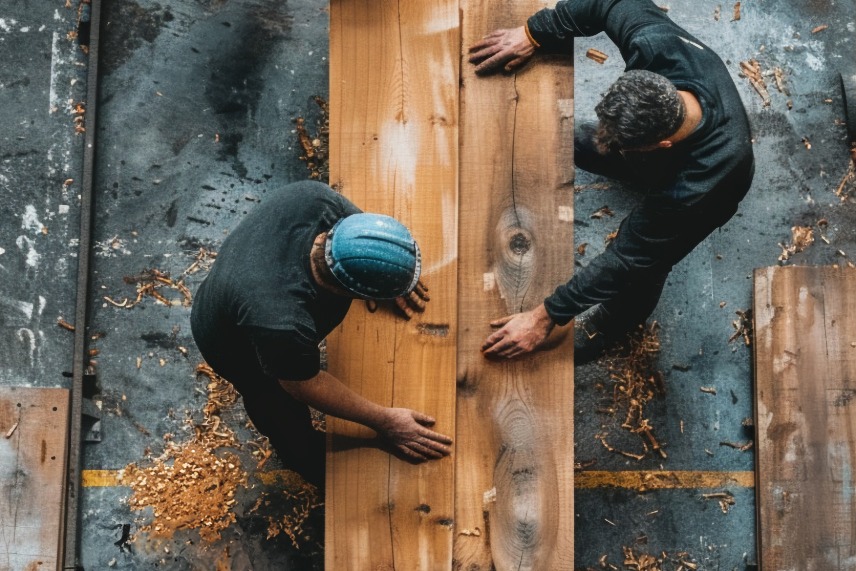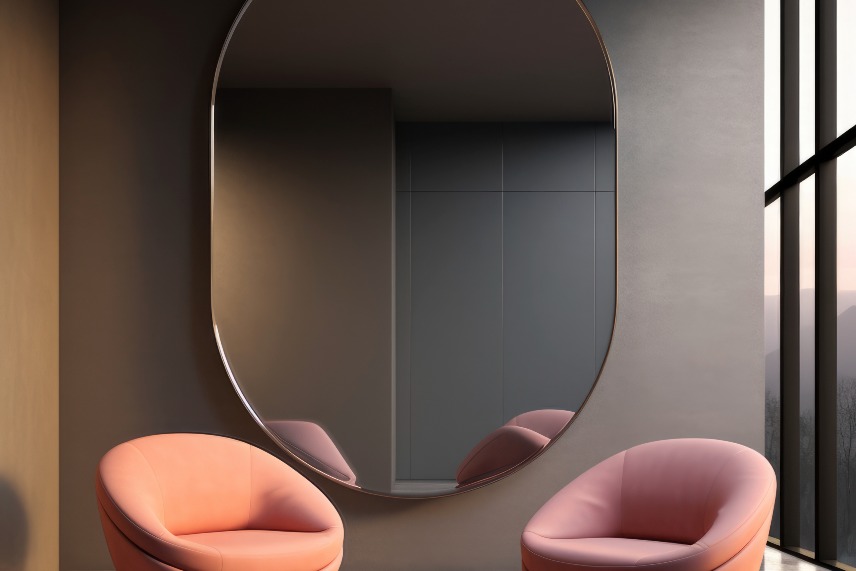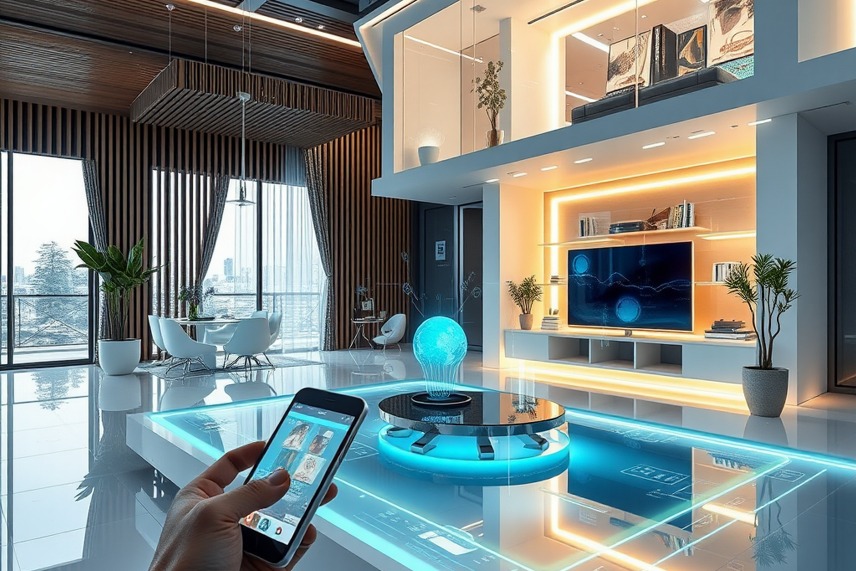- HOME PAGE
- / BLOG
BLOG

Materials That Flavor a Space: A Tasting Tour from Wood to Concrete!
The identity of a space reveals itself long before the furniture arrives — it begins in the texture, temperature, and sensory experience of the materials. In 2025 interior design trends, one approach leads the way: treating materials like a flavor profile.
Just as a chef enriches a dish with spices, an interior designer “seasons” a space with wood, concrete, stone, metal, and natural textures.
Every material has its own soul, aroma, and emotional weight. The atmosphere of a space emerges from the right combination of these flavors.
This guide explores:
• the psychology of material palettes,
• modern textures from wood to concrete,
• which materials to use where,
• 2025 material trends,
• professional tips and the most common mistakes.
1. What Is a Material Palette? Creating the Space’s “Menu”
A material palette is the harmonious combination of all textures used on the walls, floors, ceilings, and furniture of a space.
Think of it like a flavor menu:
- Wood → sweet & warm
- Concrete → earthy & neutral
- Natural stone → sophisticated & bold
- Metal → sharp & modern
- Ceramic → clean & orderly
- Fabric → soft & comforting
When the palette is right, the space:
• feels more inviting,
• becomes emotionally balanced,
• gains clarity in function,
• achieves a lasting aesthetic.
2. Wood: The Sweet Flavor of Space
Wood is the warmest and most universal material in interior design.
Why wood?
✓ adds warmth
✓ enhances naturalness
✓ improves acoustics
✓ gains character over time
Popular wood types in 2025:
- Oak: modern & timeless
- Walnut: rich & luxurious
- Bamboo: ecological & light
- Birch: Scandinavian & airy
Where to use it:
Living rooms, kitchens, bedrooms, offices — almost anywhere.
3. Concrete: The Savory–Smoky Aroma
Raw concrete, micro-concrete, and concrete-look surfaces are staples of modern interiors.
Why concrete?
• minimalist effect
• strong visual base
• neutral tone
• highlights other materials
Typical applications:
- TV wall backdrops
- kitchen backsplash
- bathroom walls
- industrial workspaces
- loft-style living rooms
Concrete’s flavor: not cold — grounded, earthy, balanced.
4. Natural Stone: The Umami of the Interior
Stone adds depth, richness, and elegance.
Popular stones:
- Travertine: warm & natural
- Marble (calacatta, emperador): luxurious & modern
- Slate: matte & strong
- Quartz composites: durable & hygienic
Where it shines most:
Kitchen countertops, bathrooms, fireplace surrounds, entryways, dining tables.
5. Metal: The Spice of the Space
Metal, when used strategically, sharpens the character of a room — just like a strong spice.
Trending metals:
- matte black
- titanium grey
- bronze
- brushed brass
Best uses:
Lighting fixtures, furniture legs, handles, open shelving.
6. Ceramic & Porcelain: The Clean, Balanced Flavor
Ceramic surfaces bring clarity, hygiene, and a polished aesthetic.
2025 trends:
- large-format porcelain slabs
- concrete-look tiles
- marble-effect surfaces
- matte finishes
Perfect for kitchens, bathrooms, and entry halls.
7. The Psychology of Materials: Flavors That Shape Emotion
Each material generates a unique emotional response:
- Wood → comfort, warmth
- Concrete → stability, groundedness
- Marble → power, prestige
- Fabric → softness, coziness
- Metal → energy, modernity
Material selection = emotional programming of a space.
8. 2025 Material Trends
- Natural textures + modern lines
- Light oak & warm beige stone combinations
- Concrete + natural wood duo
- Mixed materials: stone + metal + fabric
- Japandi-inspired palettes
- Large-format porcelain slabs
- Matte surfaces with soft textures
9. Common Material Mistakes
❌ Using too many materials at once
❌ Ignoring tone–texture harmony
❌ Choosing overly glossy finishes
❌ Pairing cold materials together
❌ Forgetting ceiling & floor material balance
❌ Selecting materials without considering function
10. Professional Tips
✔ Limit your palette to 3 main materials
✔ Focus on tone + texture harmony
✔ Use wood for warmth, concrete for balance, stone for emphasis
✔ Don’t let floor and wall materials compete
✔ Matte finishes create a more premium look
✔ Lighting reveals the “flavor” of every material
Conclusion
What enriches a space is the material itself: the warmth of wood, the calm strength of concrete, the depth of stone, the sharp accent of metal.
With the right blend, a room becomes both appetizing and full of character.
Materials are the hidden chefs of interior design.





